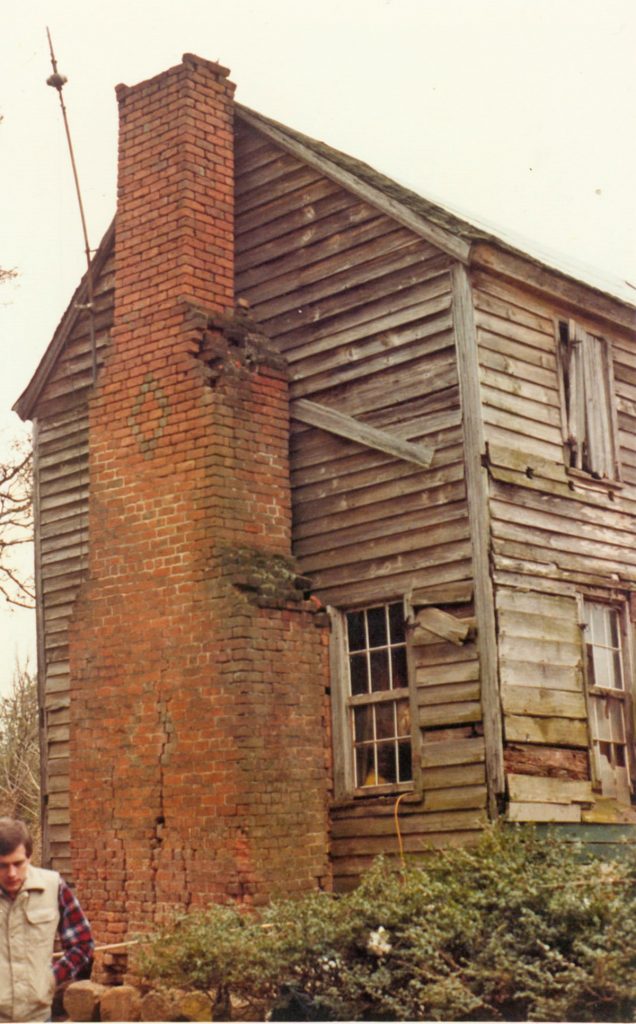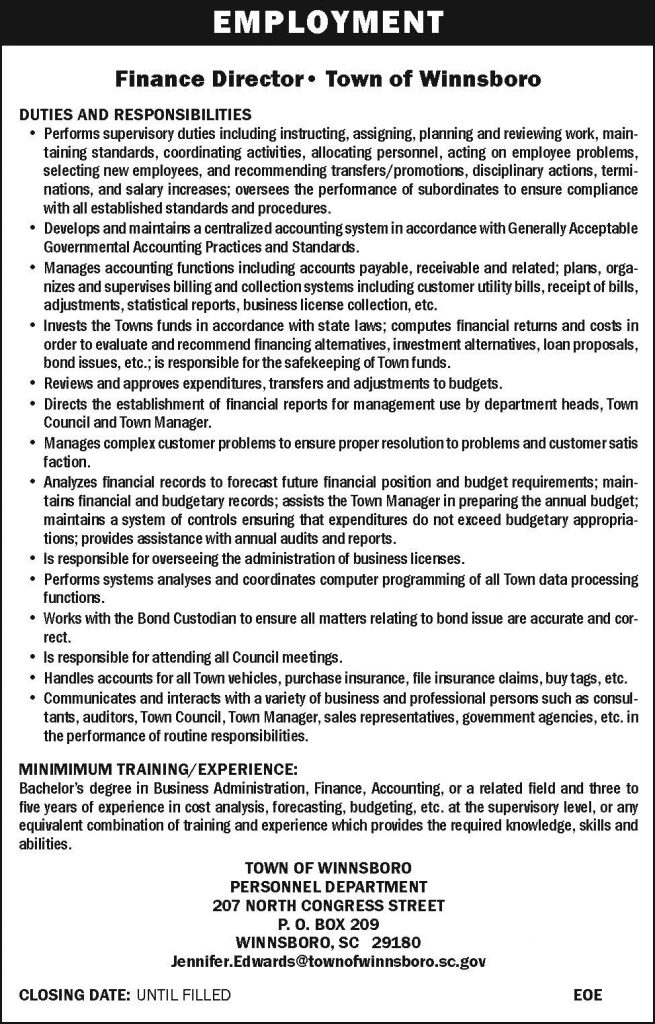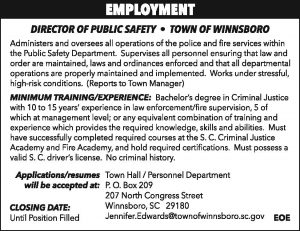FAIRFIELD COUNTY – Everyone has heard of the Salem, Massachusetts witch mania of 1692 which resulted in the deaths and persecutions of innocent people victimized by the malicious antics of some bored teenagers and the ensuing mass hysteria.

Just 100 years later in 1792, a similar fate befell three old persons over 80 years of age who had aroused the suspicions of neighbors in the backwoods area southwest of the small village of Winnsboro. Yes, Virginia, there were witches here… according to the beliefs then of some early Fairfield settlers.
On the Nov. 10, 1792, the South Carolina Gazette published an account of the grim court case being heard on behalf of Mary Ingleman.
Mary was seeking legal redress for the barbarous injuries inflicted on her by a number of Fairfield County neighbors in the Monticello area, now known as Dawkins. She and two others had been served by a lynch mob trial, convicted of practicing witchcraft, and tortured by flogging and having the soles of their feet burned off.
Mary and old man Hending (probably Harding or Harden) and his wife Sally Smith had been accused of laying evil hands on Rosy Henley and her sister and having caused damage to the livestock in the outlying farming settlements in the county.
In another incident, Joe Fairs was said to have levitated the daughters of Drury Walker to the ceiling of the house. A bench of so-called witch doctors had called for an illegal mob trial at Thomas Hilliard’s barn five miles from the county courthouse town.
Adam Free, a grown son of Lawrence Free, testified against his widowed mother Mary Ingleman who had remarried local miller Jacob Ingleman.
Jacob Free, Mary’s grandson, also testified against her, saying that she had turned him into a horse and ridden him 6 miles to Major Pearson’s apple orchard on Broad River. Martha Holly Willinghaw testified that Mary had greatly afflicted her by levitating her into the air, and causing her to spit up balls of hair with pins sticking out. Isaac Collins testified that she had turned him into a horse and ridden him to a coven gathering where Mary had conversed with the devil about that “splendid horse, Isaac Collins.”
Mr. Yongue was the Fairfield County magistrate who granted her a warrant. The warrant was issued against John Crossland who was convicted in the county court and fined 10 Pounds Sterling and costs. Crossland left for the far west, however, probably without paying his fines.
Mary also prosecuted Joshua Durham who was found not guilty.
The jury in this case was Hugh Gamble, Peter Curry, William Coggin, John Cubit, Andrew McDowell, Samuel Craig, Benjamin Halsey, James Aiken, Thomas Hill, John Hollis, William Bonner, and Dudley Curry. The court records are recorded in a publication on a shelf in the genealogy research room at the Fairfield County Museum.
Philip Edward Pearson, the son of Revolutionary General John Pearson, wrote about this incident and trial in 1837 in a letter to Dr. Thomas Cooper at the SC College (now the University of South Carolina). As a neighbor, he wrote about Mary’s High Christian character. He remembered in his boyhood seeing the marks of the cow skin whip on her bare arms.
Many of the families in the Free-Ingleman neighborhood of southwestern Fairfield were of Swiss German origins and active in the German Seventh-Day Baptist Brethren religious movement. They were called Tunkers (in German) or Dunkers because they preached baptism by complete immersion. A common practice of hands-on faith healing may have attributed to the attitudes of other non-German neighbors that there were elements of “magic” being practiced by those backwoods settlers.
Mary may have also had a German accent considered foreign by the standards of a largely English-Welsh and Scots Irish community.
Perhaps she had a wart on her nose and cultivated healing herbs too! Anything out of the ordinary, and considered different from the community’s accepted life ways and practices could have contributed to the neighbors’ suspicions.
Others accused of witchcraft were John Erric, Benjamin Owens, Hezekiah Hunt, and his wife Mourning. Mr. Pearson said that tales of witchcraft pretty well died off in Fairfield after the incident at Mr. Hill’s.
There were some cases of witchcraft in York County. Mr. Rainey believed himself to be bewitched. Balsey Fox, a noted witch, lived in the Black Jacks of that area. Lancaster County continued to be a witch stronghold down to a later period.
In 1825, Barbara Powers was accused of turning a girl into a horse and riding her to Cheraw. This case went on appeal and became well-known. The case of Mary Ingleman was settled in the lower court and is less well-known. Possibly the last trial for witchcraft in America was the one involving Barbara Powers held in Lancaster County.











